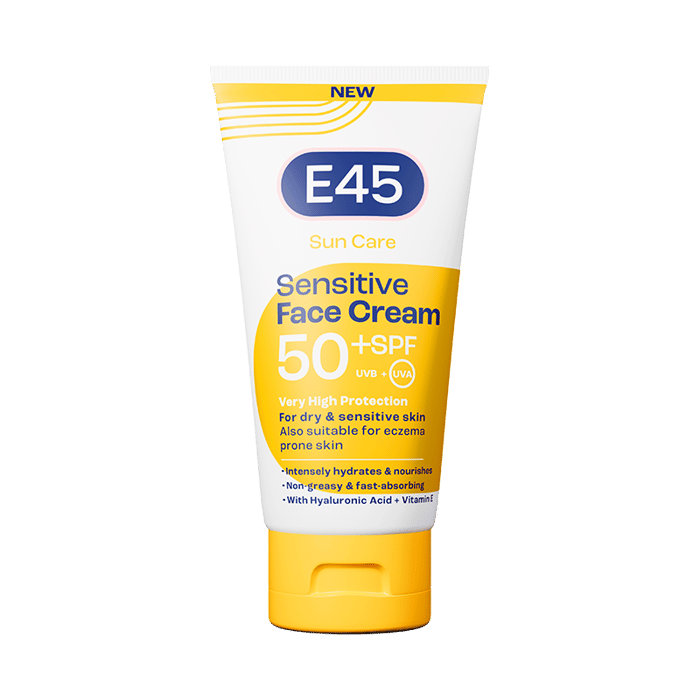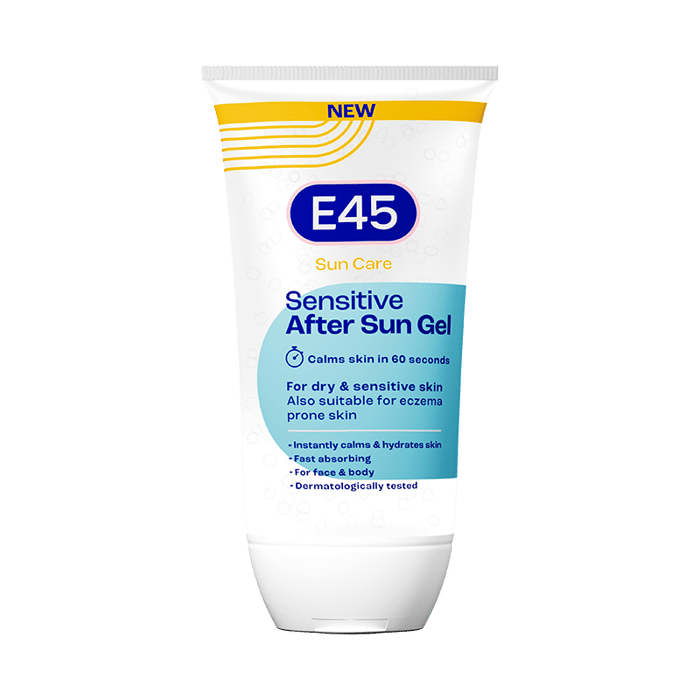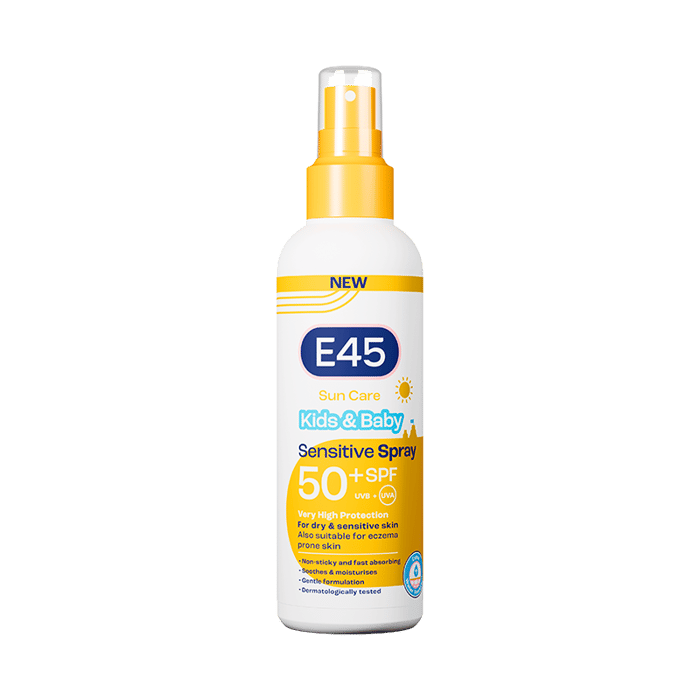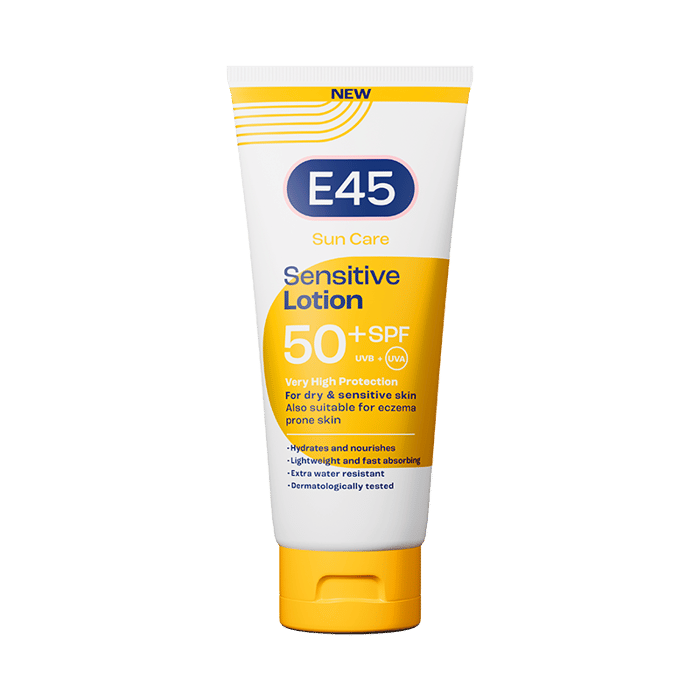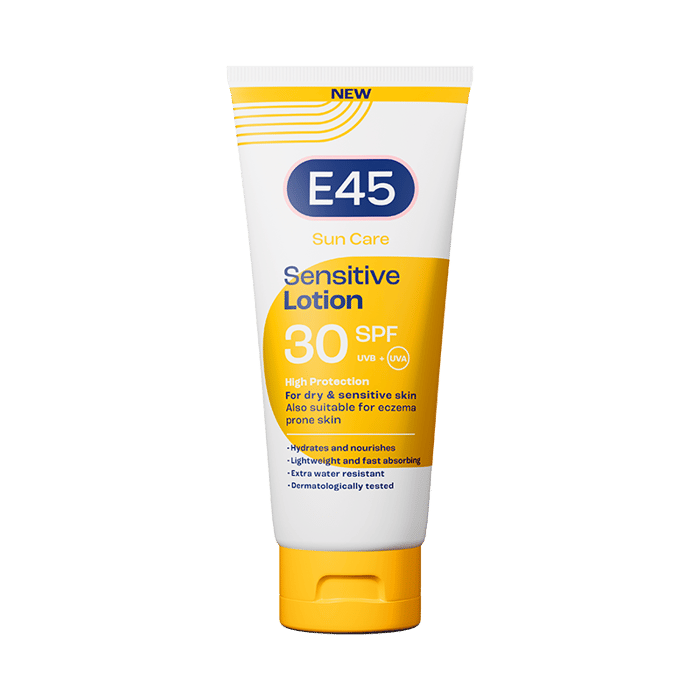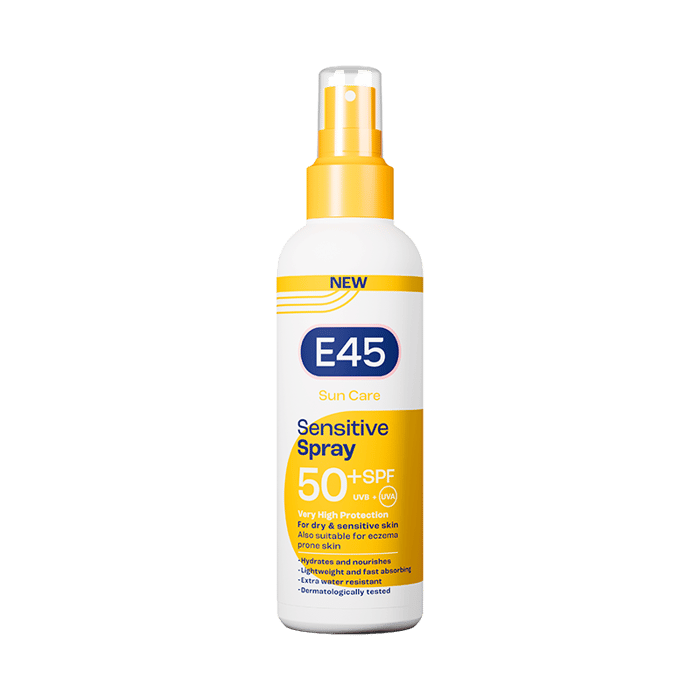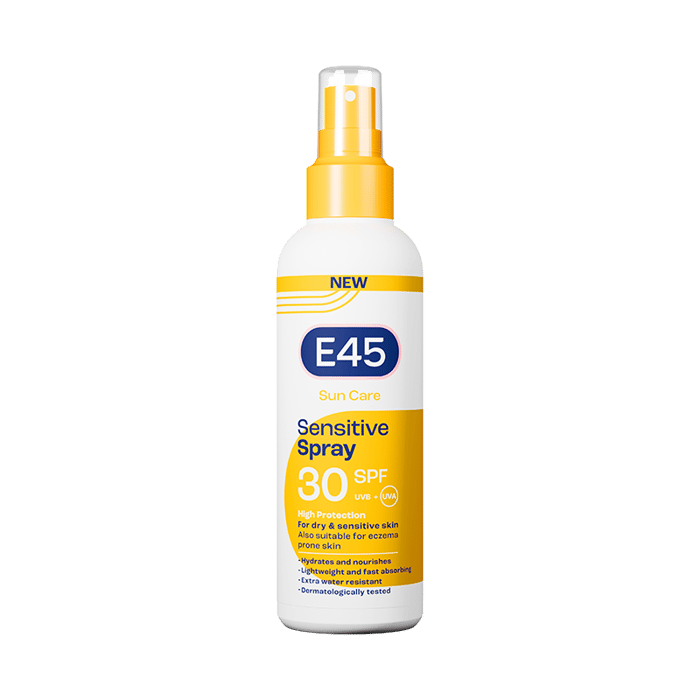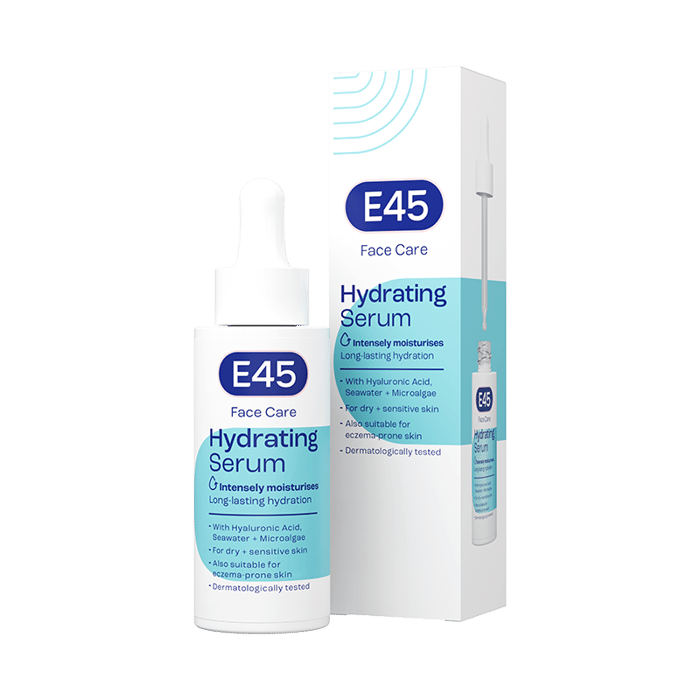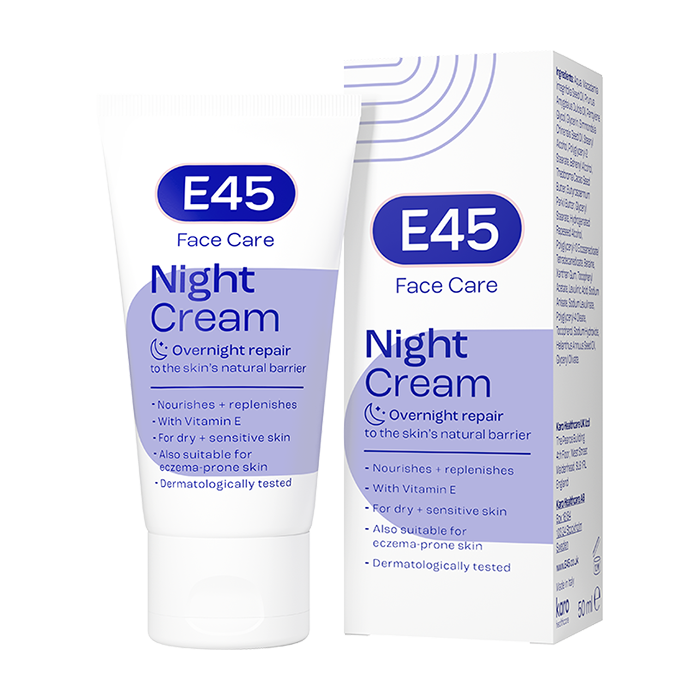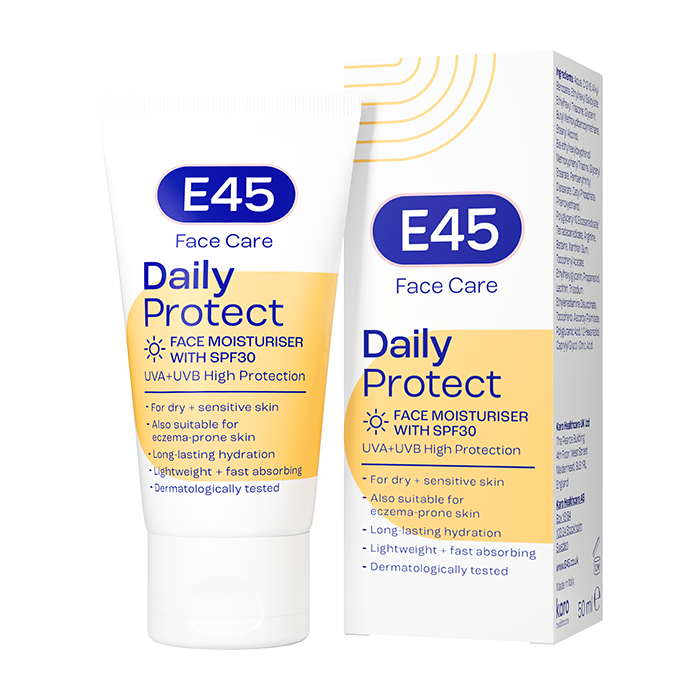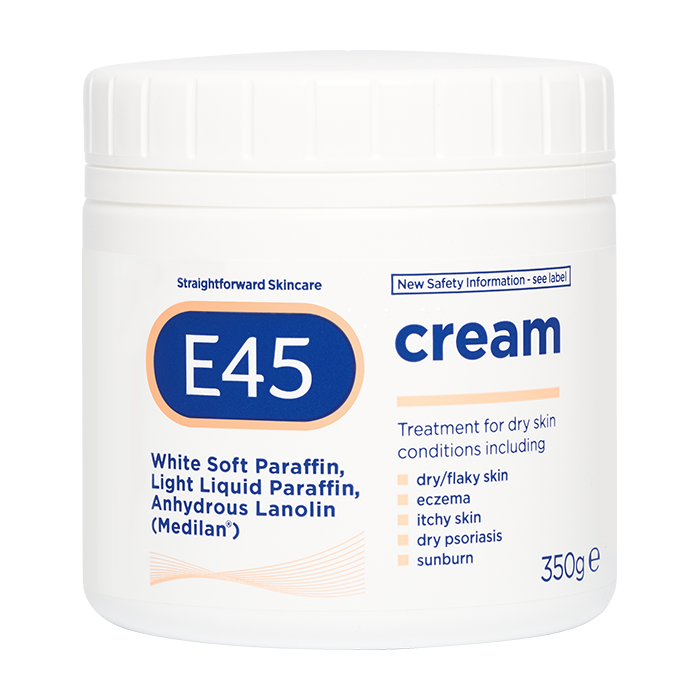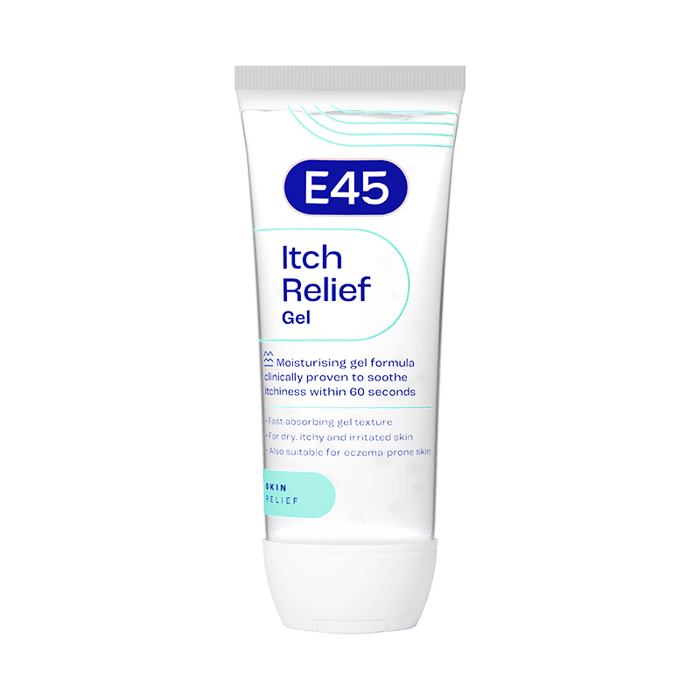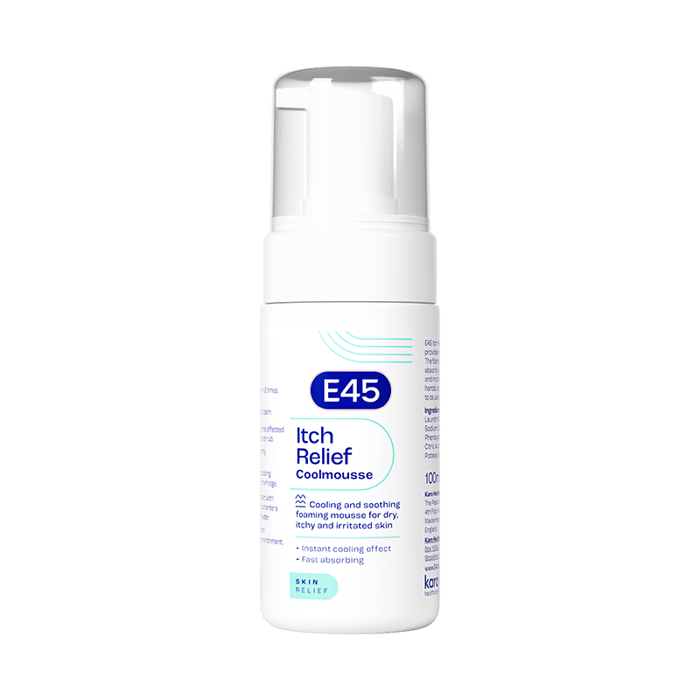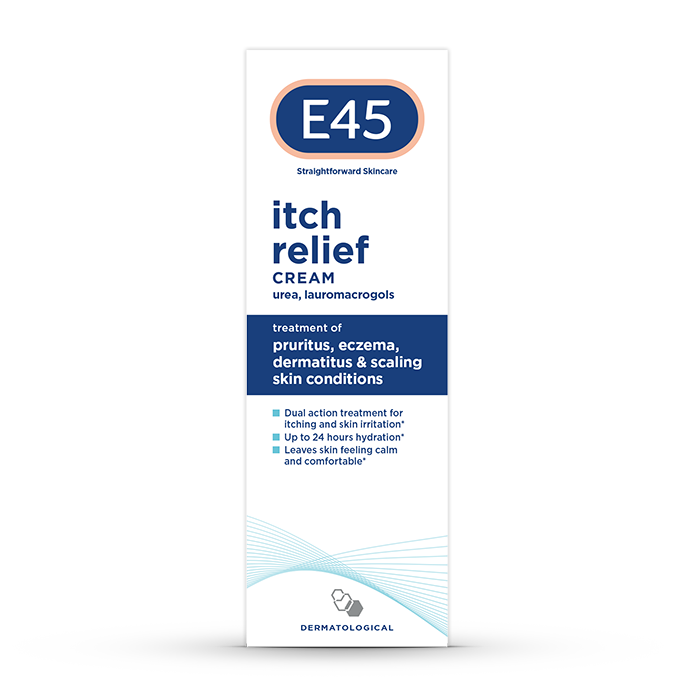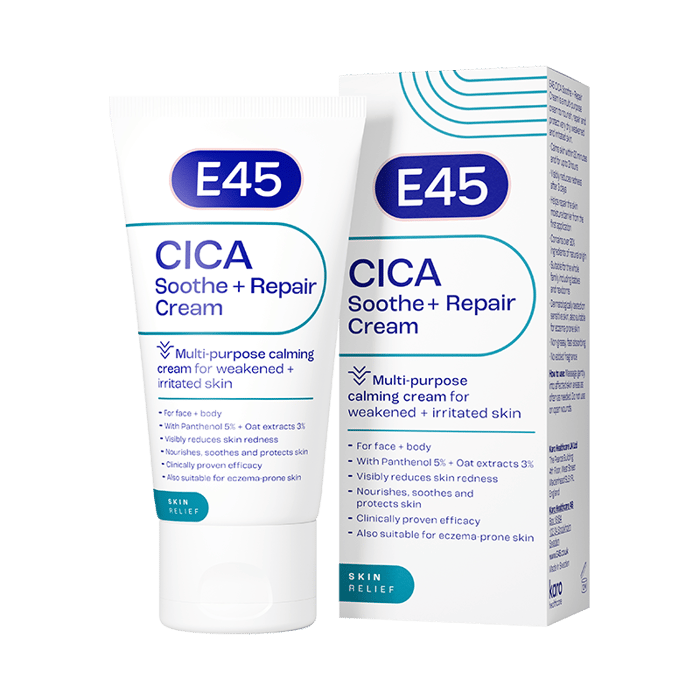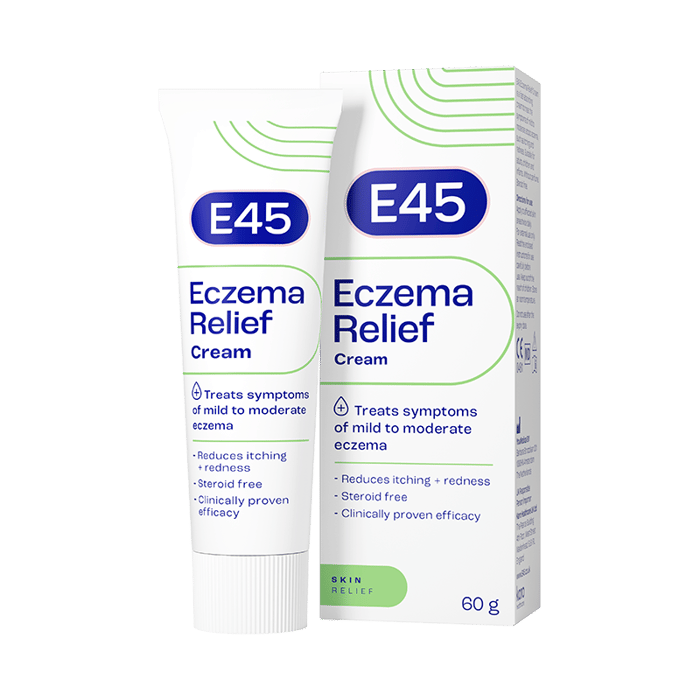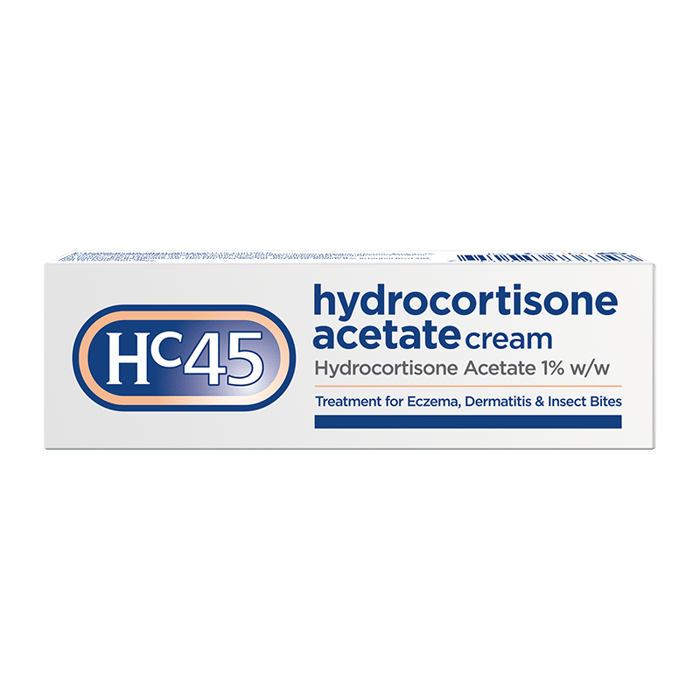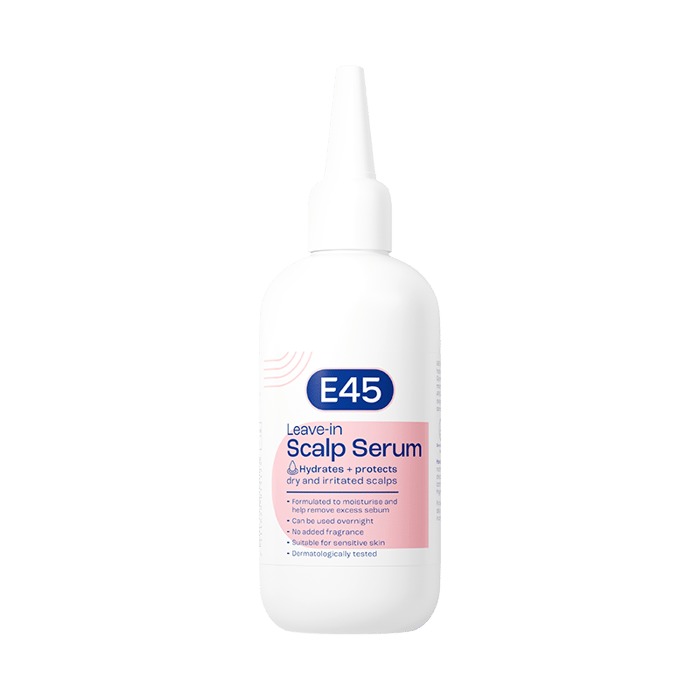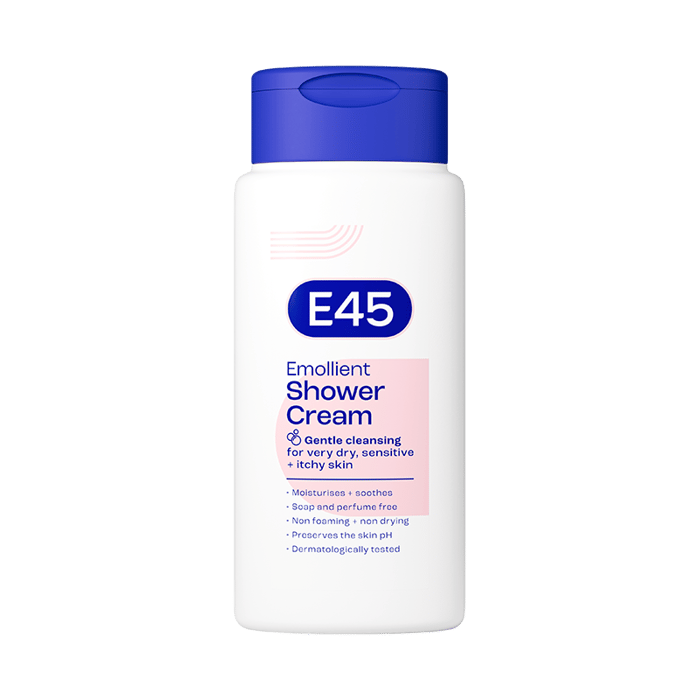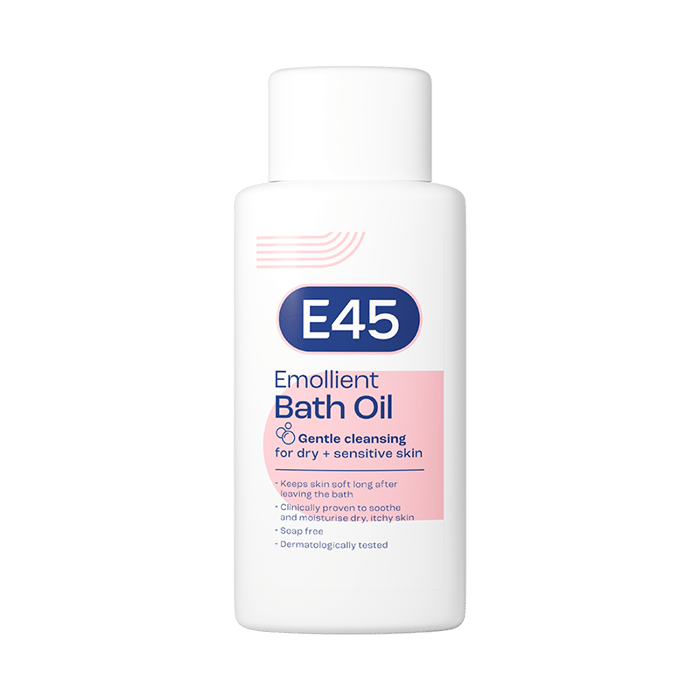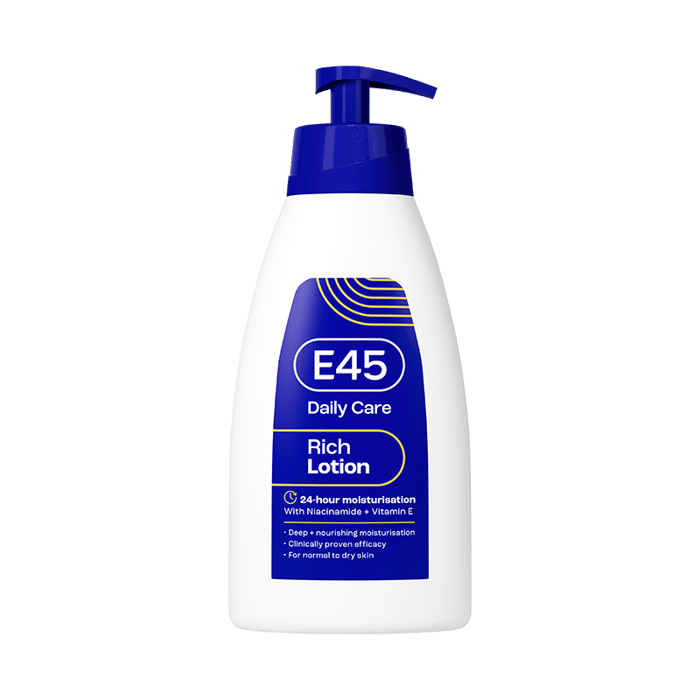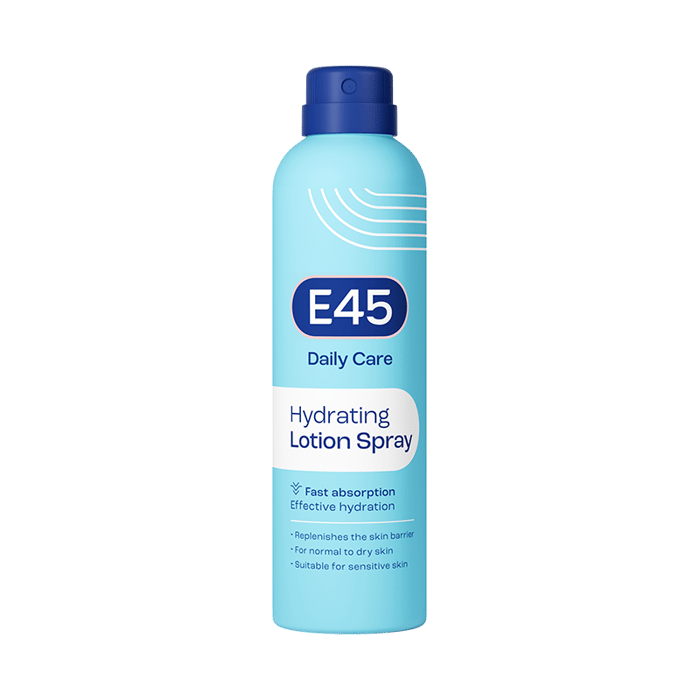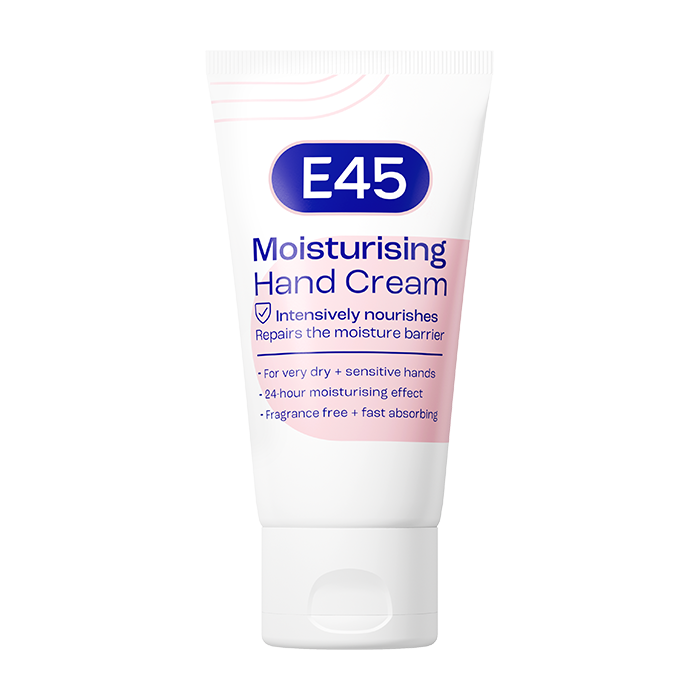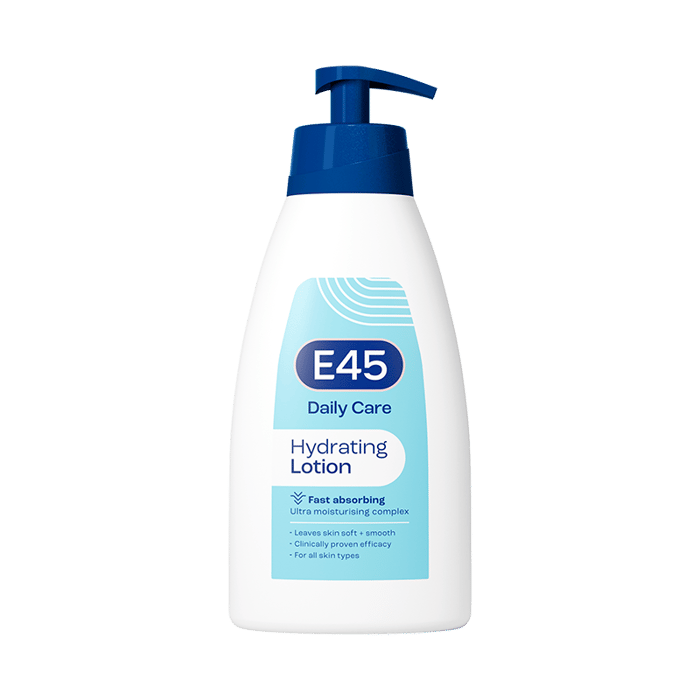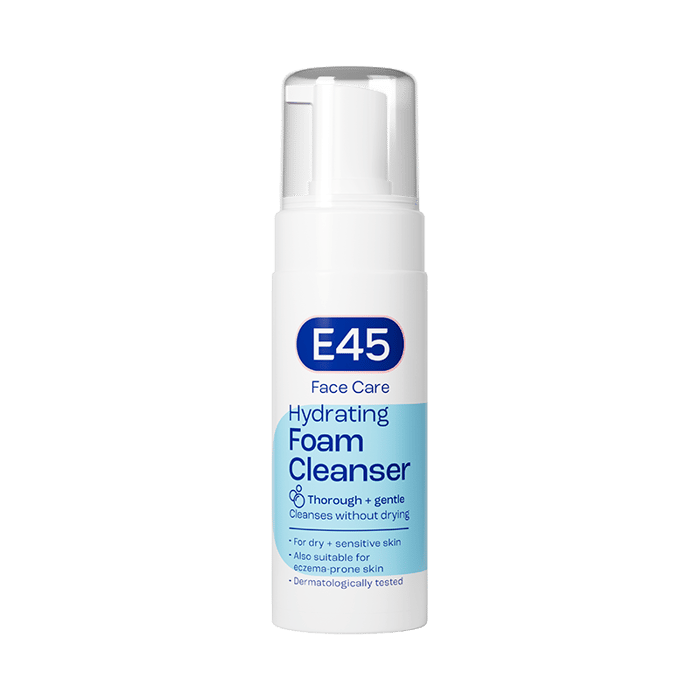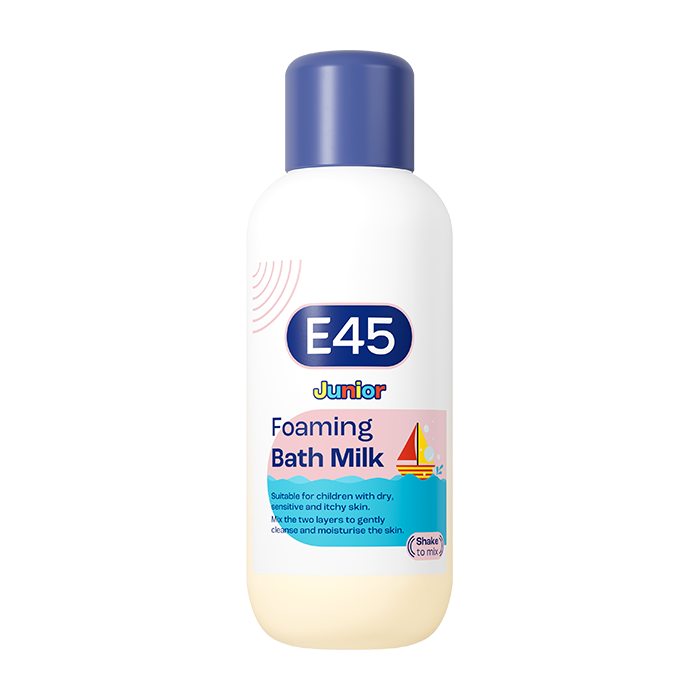Contact Dermatitis: Understanding and Managing Skin Allergy Reactions
Contact dermatitis is a common yet often misunderstood skin condition that can cause significant discomfort and disrupt daily life. Whether it’s triggered by everyday items like soaps and cosmetics or more specific irritants encountered at work, managing contact dermatitis effectively requires understanding its causes, symptoms, and treatment options.
In this article, we’ll guide you through everything you need to know about contact dermatitis, from identifying the symptoms to finding relief through various treatment strategies.
Table of Contents
- What is Contact Dermatitis?
- Who is Prone to Contact Dermatitis?
- How Common is Contact Dermatitis?
- Symptoms of Contact Dermatitis: From Mild to Severe
- Causes of Contact Dermatitis
- Diagnosing Contact Dermatitis: What to Expect
- Treating and Managing Contact Dermatitis
- How Long Does Contact Dermatitis Last?
- Seeking Help: When to See a Healthcare Provider
- Conclusion
- FAQ: Atopic Dermatitis
What is Contact Dermatitis?
Contact dermatitis is a type of skin inflammation that occurs when your skin reacts to a substance it has come into contact with. This skin condition is marked by redness, itching, and irritation, often leading to an allergic reaction rash or irritant contact dermatitis. The rash can vary in severity, from mild redness to more intense irritation, depending on how long your skin was exposed to the irritant or allergen and the sensitivity of your skin.
There are two primary types of contact dermatitis:
- Irritant Contact Dermatitis: This is the most common form and happens when your skin comes into contact with a substance that directly damages the outer layer of your skin. Common irritants include harsh soaps, detergents, and even prolonged exposure to water.
- Allergic Contact Dermatitis: This type occurs when your skin has an allergic reaction to a substance. The immune system overreacts to something that is normally harmless, like certain metals, fragrances, or plants, resulting in a skin allergy or allergic rash.
Who is Prone to Contact Dermatitis?
Anyone can develop contact dermatitis, but some people are more prone than others. Individuals with sensitive skin, pre-existing skin conditions like eczema, or those who frequently work with chemicals or other potential irritants are at higher risk. Certain occupations, such as healthcare workers (Wang et al., 2021), hairdressers, or cleaners, are also more susceptible due to their regular exposure to irritating substances.
How Common is Contact Dermatitis?
Contact dermatitis is a fairly common condition, affecting people of all ages. According to a study, contact dermatitis is responsible for approximately 70-90% of all occupational skin diseases and accounts for 15-20% of dermatology consultations (Singh et al., 2011). The condition is particularly common in individuals who frequently handle chemicals or other skin irritants as part of their daily activities or work.
Symptoms of Contact Dermatitis: From Mild to Severe
What Does a Contact Dermatitis Rash Look Like?
Contact dermatitis can show up in different ways, depending on the type of exposure and how long your skin has been in contact with the irritant or allergen. Here’s what you might notice:
- Red, inflamed skin: This is often the first sign that your skin is reacting.
- Itching, burning, or stinging: These sensations can make the affected area feel quite uncomfortable.
- Blisters: In some cases, small blisters may appear and can sometimes ooze or crust over.
- Small, red, itchy bumps: These bumps are particularly common with allergic contact dermatitis and can become more noticeable with ongoing exposure.
Common Areas Affected
While contact dermatitis can appear anywhere on the body, some areas are more likely to be affected:
- Hands: Particularly common for those who often use soaps, detergents, or other chemicals.
- Face: Including the eyes and mouth area, due to exposure to cosmetics, skincare products, or airborne allergens.
- Stomach: This area can be affected by contact with clothing, belts, or other materials.
Causes of Contact Dermatitis
Contact dermatitis occurs when your skin reacts to a substance it comes into contact with. The causes can be grouped into two main categories: irritant contact dermatitis and allergic contact dermatitis. Here are some common causes for each type:
Irritant Contact Dermatitis
This type happens when a substance directly damages the outer layer of your skin. Common irritants include:
- Soaps and detergents: Frequent washing or exposure to harsh cleaning products.
- Chemicals: Exposure to solvents, acids, or alkalis used in various industries.
- Water: Prolonged exposure to water, especially if combined with soaps or detergents.
- Friction: Repeated rubbing or friction, such as from tight clothing or shoes.
- Dust and powders: Certain dust particles or powders can irritate the skin.
Allergic Contact Dermatitis
This occurs when your immune system reacts to a normally harmless substance. Common allergens include:
- Metals: Nickel, often found in jewelry, belt buckles, and zippers.
- Fragrances: Commonly found in perfumes, cosmetics, and soaps.
- Preservatives: Used in cosmetics, toiletries, and medications.
- Plants: Poison ivy, oak, or sumac are common culprits.
- Rubber: Latex gloves and other rubber products can trigger a reaction.
- Dyes: Certain dyes in clothing or hair products.
Is Contact Dermatitis Contagious or Can It Spread?
Contact dermatitis is not contagious, meaning it cannot be passed from person to person. However, the rash can spread on your own body if the substance causing the reaction is still present. For example, if you have poison ivy, the rash can spread if the plant’s oils are still on your skin or clothing. Understanding the contact dermatitis causes can help you prevent further irritation.
Diagnosing Contact Dermatitis: What to Expect
When you visit a healthcare provider to discuss your symptoms, they will likely start by asking about your medical history, recent activities, and potential exposure to irritants or allergens. They may perform a patch test, where small amounts of potential allergens are applied to your skin to see if a reaction occurs. This can help pinpoint the exact cause of your allergic skin reaction or irritant contact dermatitis.
Treating and Managing Contact Dermatitis
Over-the-counter Treatments
Avoid Irritants: Switching to hypoallergenic soaps and detergents can prevent further irritation and reduce the risk of flare-ups.
Protect Your Skin: Wearing cotton-lined gloves when handling chemicals can protect your skin from exposure to irritants and reduce the risk of contact dermatitis.
Moisturize Regularly: Keeping the skin well-moisturized helps maintain a healthy skin barrier. E45 Cream is a fragrance free cream that helps restore or maintain the skin’s natural moisture balance.
Antihistamine Creams or Tablets: These can help reduce itching, particularly in allergic contact dermatitis.
Barrier Creams: These can protect your skin from further exposure to irritants. E45 Eczema Relief Cream is formulated to help repair the skin’s barrier, making it more resilient against irritants.
Soothe Itching and Irritation: Look for products that target itching, a common symptom of contact dermatitis. Products like E45 Itch Relief Gel can provide relief from itching, helping to calm the skin and reduce discomfort.
Home Remedies
In addition to over-the-counter treatments, home remedies can also be beneficial in managing contact dermatitis. Some options include:
- Cool Compresses: Applying a cool, damp cloth to the affected area can help reduce inflammation and soothe the skin.
- Oatmeal Baths: Soaking in an oatmeal bath can ease itching and calm irritated skin.
- Aloe Vera Gel: Applying pure aloe vera can provide a soothing effect and help reduce redness and inflammation.
- Coconut Oil: This natural moisturizer can help hydrate the skin and may reduce the risk of infection in broken skin.
Lifestyle Changes
Making a few adjustments to your daily routine can help prevent and manage contact dermatitis more effectively. Consider the following:
- Avoiding Known Irritants: Identify and steer clear of substances that trigger your skin reactions.
- Wearing Gloves: Protect your hands when handling chemicals or other potential irritants.
- Choosing Gentle Skincare Products: Opt for products designed for sensitive skin, like those recommended in an effective sensitive skincare routine.
- Moisturizing Regularly: Keep your skin hydrated to maintain its natural barrier function.
- Washing Gently: Use lukewarm water and mild, fragrance-free cleansers to avoid further irritation.
Prescription Medication
If over-the-counter treatments and home remedies aren’t enough to manage your symptoms, it’s important to seek professional help. A healthcare provider can assess your condition and determine the most appropriate course of treatment. They may prescribe stronger medications to help control more severe symptoms.
How Long Does Contact Dermatitis Last?
The duration of contact dermatitis can vary. In many cases, once the irritant or allergen is removed, the rash may start to improve within a few days. However, in more severe cases, it can take weeks for the skin to fully heal.
Understanding the contact dermatitis healing stages can help you gauge your progress and know when to seek further treatment if needed. If you’re wondering how long an allergy rash lasts, it generally depends on your body’s reaction and how quickly you can avoid the triggering substance.
Seeking Help: When to See a Healthcare Provider
If your symptoms persist despite trying home treatments and over-the-counter products, or if your condition worsens, it’s advisable to seek professional help. A healthcare provider can offer a more tailored contact dermatitis treatment plan and help you manage the condition more effectively. If you experience severe symptoms, such as widespread blisters or a rash that covers a large portion of your body, it’s important to get medical attention promptly.
Conclusion
Managing contact dermatitis can be challenging, especially when exposure to triggers is difficult to avoid, such as in work environments. However, knowing the causes and treatment options can help you regulate it or even get rid of it.
For a deeper understanding of related skin conditions, we recommend reading our articles on Eczema and Dermatitis. These resources can provide additional insights into managing and caring for sensitive skin.
FAQ: Atopic Dermatitis
What is the main cause of contact dermatitis?
The main cause of contact dermatitis is exposure to irritants or allergens that trigger a reaction in the skin, such as harsh chemicals, soaps, metals, or certain plants.
How do you treat allergic dermatitis?
Allergic dermatitis is treated by avoiding the allergen, using antihistamines, applying soothing creams like hydrocortisone, and keeping the skin moisturized.
How to get rid of contact dermatitis fast?
To get rid of contact dermatitis quickly, avoid the trigger, use over-the-counter hydrocortisone cream, take antihistamines, and apply soothing moisturizers.
How to tell if a rash is an allergic reaction?
An allergic reaction rash is typically red, itchy, and may be accompanied by swelling, hives, or small, red, itchy bumps. It usually appears soon after contact with the allergen.
What does contact dermatitis look like?
Contact dermatitis usually appears as red, inflamed skin that may be itchy, dry, and scaly. Blisters, small bumps, or a burning sensation may also occur.
Contact dermatitis: how to treat an allergic reaction to gel nail polish?
Treat an allergic reaction to gel nail polish by removing the polish immediately, applying a cool compress, using antihistamines, and applying hydrocortisone cream to reduce inflammation.
Which two controls are suitable for a risk of dermatitis due to contact with chemicals?
Two suitable controls include wearing protective gloves and using barrier creams to protect the skin from chemical exposure.
How do you get contact dermatitis?
Contact dermatitis occurs when your skin comes into direct contact with an irritant or allergen, triggering an inflammatory response.
How to prevent contact dermatitis in hairdressing?
Prevent contact dermatitis in hairdressing by wearing gloves when handling chemicals, using gentle, hypoallergenic products, and moisturizing regularly to maintain the skin barrier.
How to treat contact dermatitis in babies?
Treat contact dermatitis in babies by keeping the affected area clean and dry, applying a gentle moisturizer, and using mild, fragrance-free products. Consult a healthcare provider if symptoms persist.
Sources
www.nhs.uk/conditions/contact-dermatitis/
nationaleczema.org/eczema/types-of-eczema/contact-dermatitis/
knowyourskin.britishskinfoundation.org.uk/condition/contact-dermatitis/
Singh, A., Kaur, S., & Sood, A.K., 2011. Occupational contact dermatitis. Indian Journal of Occupational and Environmental Medicine, 15(1), pp.28-33. Available at: www.ncbi.nlm.nih.gov/pmc/articles/PMC3276771/ [Accessed 28 Aug. 2024]
Wang, J., Liu, L.F., & Bernatchez, H., 2021. Epidemiology and risk factors of occupational contact dermatitis in healthcare workers. Dermatitis, 32(4), pp.1-8. Available at: www.ncbi.nlm.nih.gov/pmc/articles/PMC8248138/ [Accessed 28 Aug. 2024]



